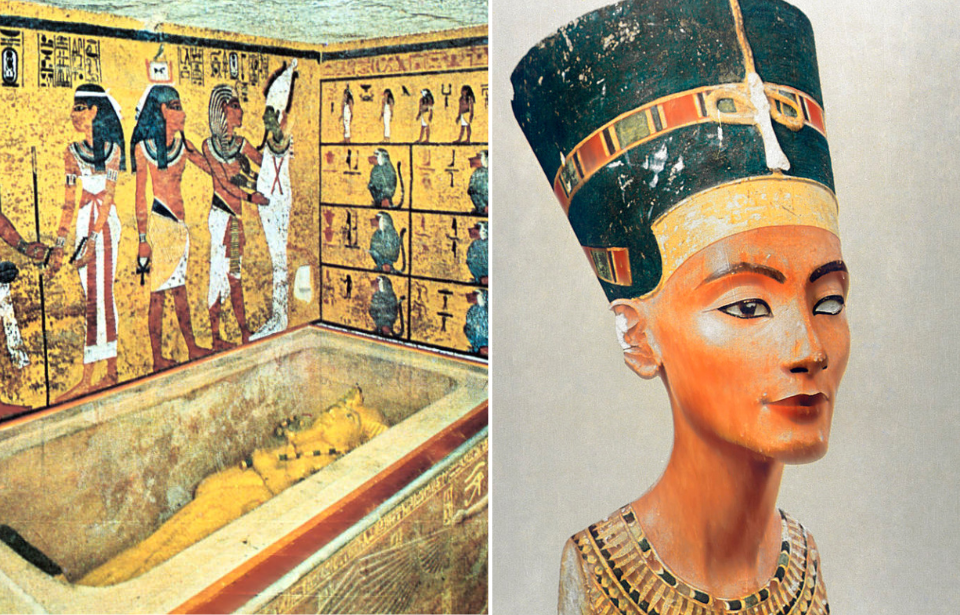A prominent Egyptologist and former curator with the British Museum‘s Department of Egyptian Antiquities has revealed the discovery of hieroglyphics that prove the tomb of Egyptian Queen Nefertiti is hidden within a chamber adjacent to Tutenkhamun’s final resting place.
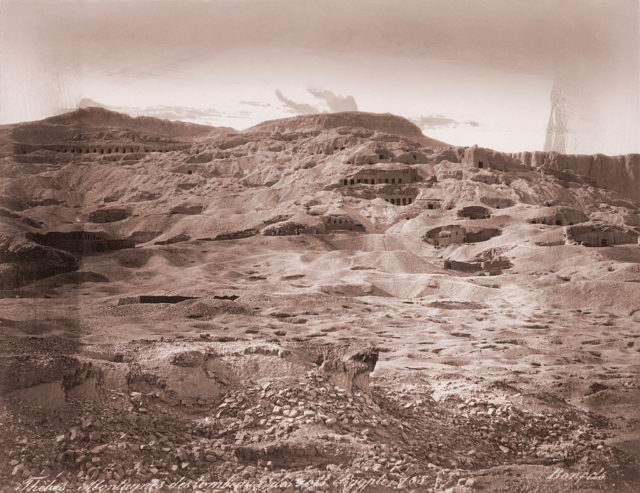
For years, Nicholas Reeves has been a proponent of the theory that Nefertiti’s tomb is hidden adjacent to that of her stepson’s. In 2015, he announced that scans revealed holes behind the walls of King Tut’s tomb, which he believed to be Nefertiti’s burial chamber, but later scans showed nothing was hidden behind the walls.
Now, Reeves believes he’s found more concrete evidence that the Egyptian queen’s tomb is where he’s claimed it’s been all along. In a book slated for released later in 2022, he notes the discovery of hieroglyphics beneath those painted by Tutenkhamun’s successor, Ay.
The cartouches painted by Ay depict the ritual of “opening the mouth” of the mummy, which is said to have restored the King Tut’s five senses. Beneath them, Reeves claims to have found evidence of hieroglyphics showing images related to the burial of Nefertiti.
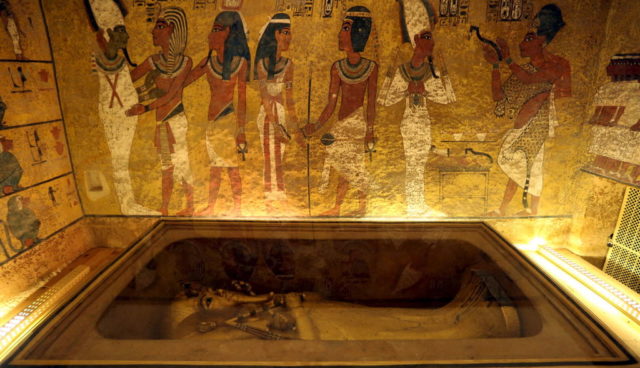
Speaking with The Guardian, Reeves said, “Close inspection of Ay’s cartouches reveals clear, underlying traces of an early name – that of Tutankhamun. In its original version, this scene had shown Tutankhamum performing the funerary ritual for the tomb’s original owner, his immediate predecessor … Nefertiti.
“This conclusion finds absolute confirmation in the figures’ facial profiles – the snub nose and chubby under-chin of the [figure] currently labelled as Ay follow … precisely the [standardized] facial outline adopted for official representations of Tutenkhaman at the very start of his kingship.
“The face of the mummy carries the indisputable features of Nefertiti,” he added. “Demonstrably, the scene had begun its life as a record of Tutankhamun officiating at the burial of his predecessor.”
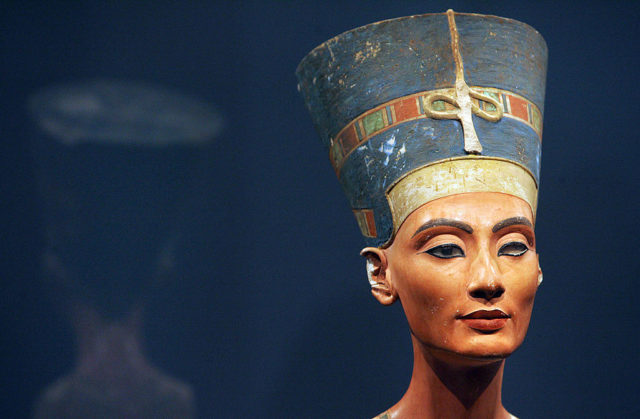
Nefertiti was the wife of King Akhenaten, who was known as Amenhotep IV prior to the fifth year of his reign. Many historians are of the belief that she was promoted to the role of co-regent prior to his death, as many archaeological sites depict her as equal in stature to the pharaoh.
In historical records that date back to just after Akhenaten’s death, Nefertiti is replaced by a co-regent known as Neferneferuaten, a female pharaoh who many believe could have been the widow, just under a different name. Neferneferuaten only ruled for two years, from 1334-32 BC, after which Tutenkhamun, known as the “Boy King,” became pharaoh.
Tutenkhamun died at just 19 years of age, having only ruled from 1332-23 BC. His tomb was discovered in the Valley of the Kings in November 1922 by archaeologist and Egyptologist Howard Carter. It was filled with a number of historical artifacts and treasures, as debris had hidden it from potential grave robbers.
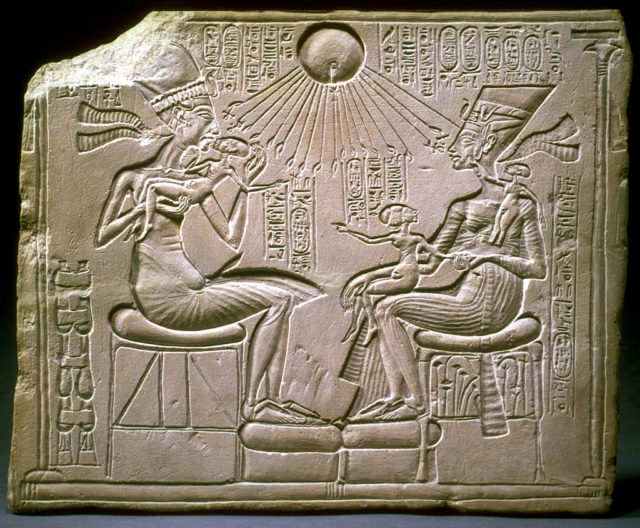
According to Reeves, the new evidence of the cartouches supports his theory that King Tut’s tomb is a smaller portion of a much larger chamber that was “prepared for and still occupied by” Nefertiti.
“It’s very easy to write this off as sheer fantasy, but I’ve discovered that the decoration of the wall in the burial chamber had been changed,” he stated in his interview with The Guardian. “We’ve always been puzzled by Tutankhamun’s tomb because of its strange shape. It’s very small, and not what we’d expect of a king.”
Word of Reeves’ discovery comes just under a week after Zahi Hawass, Egypt’s former minister of state for antiquities affairs, teased the announcement that he’d discovered the mummy of Nefertiti. Speaking with Newsweek, he shared that he’ll expand on the news in October 2022.
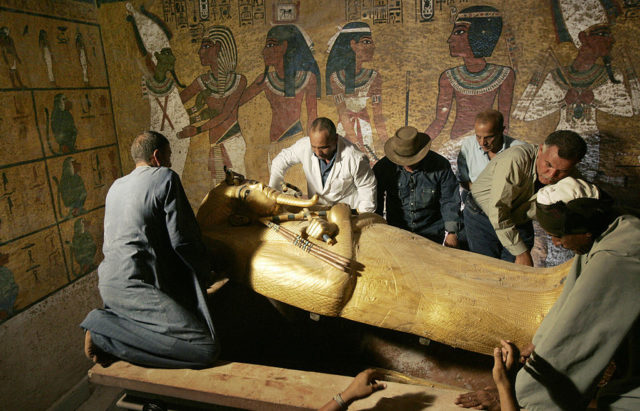
More from us: Stunning Renovations That Brought Decaying Historic Buildings Back to Life
The mummy is among a number that were unearthed by Hawass’ team in Luxor in December 2021. However, some are skeptical of the discovery’s validity, as Hawass’ claim is the fourth in just seven years. There are also those who doubt Nefertiti would have been buried where the mummies were found, with Egyptologist Bassam el-Shammaa telling Al-Monitor:
“I doubt that the [team] will find the mummy and the original tomb of Nefertiti in Luxor for religious and political reasons, most notably among them which is the enmity with the priests of Amun-Ra after her husband Akhenaten called for worshipping the god Aten and she supported him.
“This resulted in problems and pushed them to abandon Thebes (in Luxor), the capital city of ancient Egypt, and to build a new capital in Amarna.”
